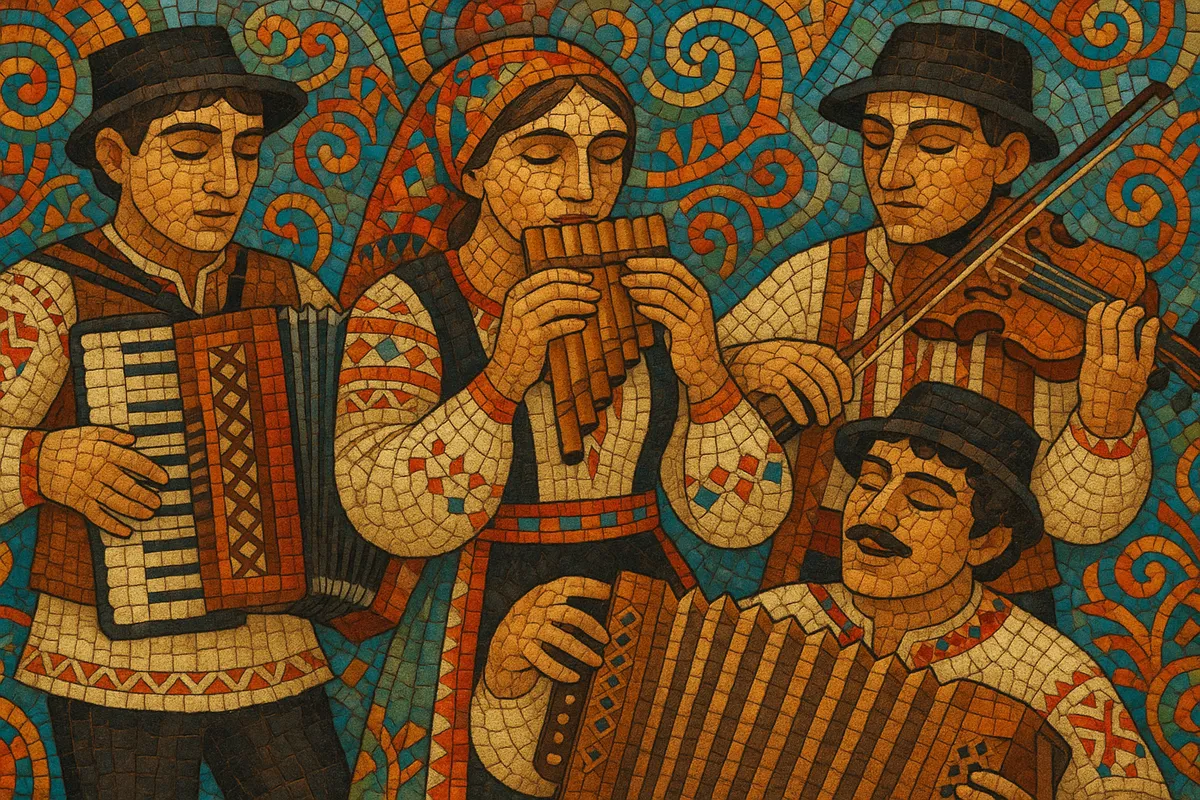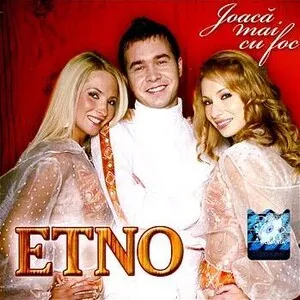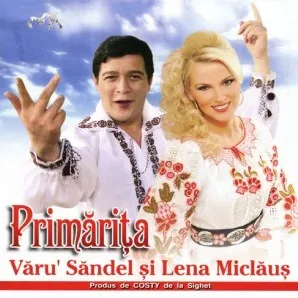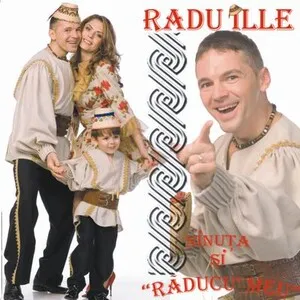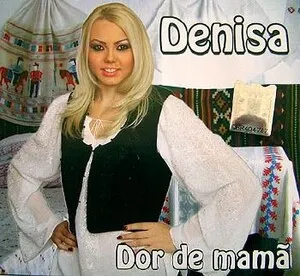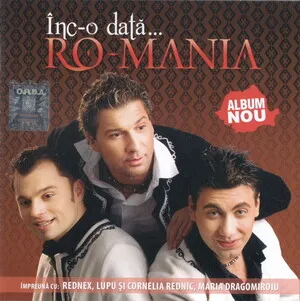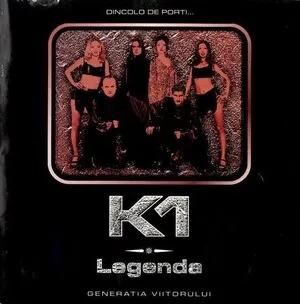Romanian etno music (muzică etno) is a Romanian pop‑folk style that fuses traditional folk melodies, dance rhythms, and instruments with contemporary pop, dance-pop, and light electronic production.
It typically borrows song forms and grooves from regional dances such as hora and sârbă, while featuring modern verse–chorus structures, catchy hooks, and radio-friendly arrangements.
Vocals often use folk ornamentation (melismas, scoops, ululations/strigături), and arrangements highlight timbres like pan flute (nai), violin, accordion, clarinet, cobza or țambal alongside drum machines and synths.
The style is festive and communal, often focused on love, celebration, nostalgia for village life, and seasonal or wedding themes, positioned between traditional folk (muzică populară) and mainstream pop.
After 1989, Romania’s music industry opened rapidly to regional and Western influences. Producers and performers began to modernize local folk repertories by combining them with pop and dance-pop aesthetics. This fusion, informally branded “etno,” drew on traditional Romanian tunes and dance rhythms (hora, sârbă, brâu) and the performance style of lăutari (professional folk/urban Romani musicians), but framed them in contemporary studio production.
Etno music matured into a mainstream format through TV variety shows, weddings, and radio, with acts presenting folk-inflected hits that were catchy and danceable. Modern drum machines and synths supported lead instruments like pan flute, violin, accordion, clarinet, and țambal, while singers used folk ornamentation. The repertoire favored simple verses and big choruses anchored in communal themes—love, celebration, and rural nostalgia.
As the pop market diversified, etno artists collaborated with established folk singers and pop stars, bringing the sound to larger festivals and televised galas. The style coexisted and cross-pollinated with regional pop‑folk currents and Balkan party music, while keeping a distinctly Romanian melodic vocabulary and dance patterns.
Etno aesthetics continue to circulate in pop and dance contexts, with slicker production, brighter mastering, and occasional EDM or Balkan‑brass color. Viral wedding/party performances and online platforms maintain the style’s visibility. Contemporary performers blend etno with dance-pop and light folktronica, preserving the core ingredients—folk tunes, danceable grooves, and celebratory, community-centered lyrics.

